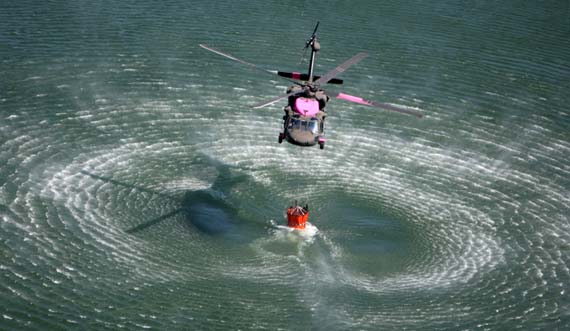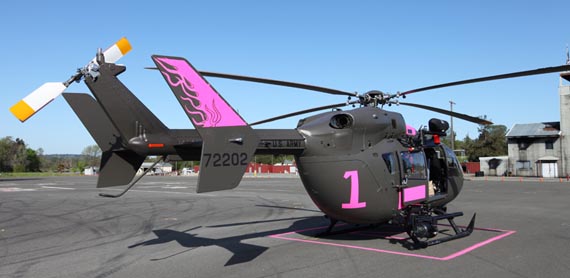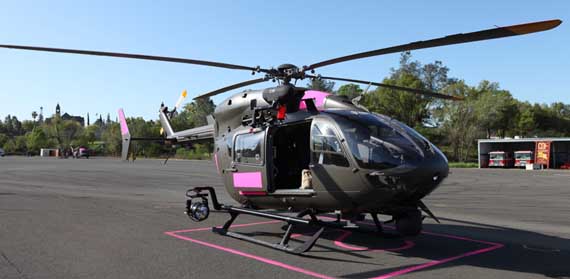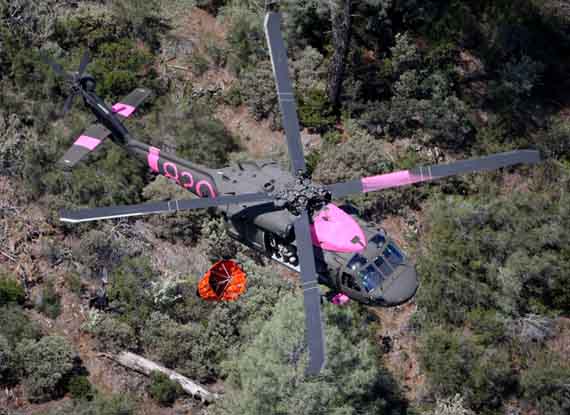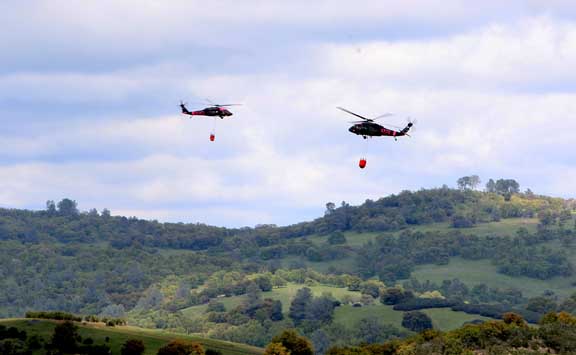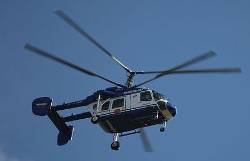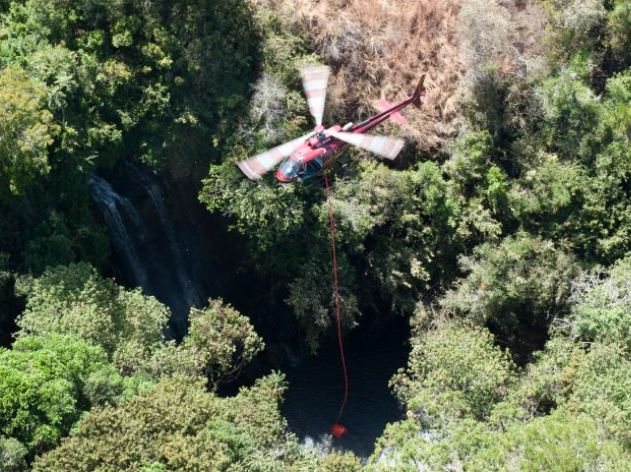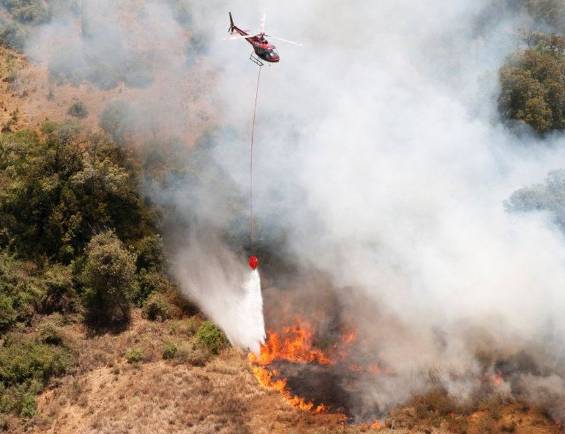After deliberating for over a week a jury in Oregon decided on Tuesday that the manufacturer of the engines was at fault for the crash of a helicopter that was transporting wildland firefighters on the Iron Complex (or Iron 44 fire) in 2008. Nine people died in the crash as it attempted to take off from a remote helispot in northern California. Seven of those killed were firefighters. One was a U.S. Forest Service check pilot, observing the operation of the helicopter’s crew, and another was one of the two pilots working for the owner of the ship, Carson Helicopters.
The surviving pilot, William Coultas, his wife, and the estate of the pilot who was killed, Roark Schwanenberg, brought a $177 million lawsuit against General Electric, the manufacturer of the engines.
The jury, after deliberating for six days, made the following awards, totaling $69.7 million:
- $37 million to William Coultas
- $4.3 million to Coultas’ wife
- $28.4 million to the estate of Roark Schwanenberg
Their case revolved around the plaintiffs’ belief that there were problems with a fuel control valve and that the specifications on the fuel filters were inadequate to remove contaminants. They claimed that GE had been aware of the problem for six years.
GE’s defense was along the same lines as the findings of a National Transportation Safety Board investigation of the crash, which determined that the owner and operator of the Sikorsky S-61N helicopter, Carson Helicopters, under-stated the weight of the helicopter and over-stated its performance in the documents they provided to the U.S. Forest Service when bidding on their firefighting contract. The NTSB estimated that the actual empty weight of the helicopter was 13,845 pounds, while Carson Helicopters stated in their contract proposal that the weight was 12,013 pounds. For the purpose of load calculations on the day of the crash, the pilot assumed the weight to be 12,408 pounds, which was 1,437 pounds less than the actual weight estimated by the NTSB. According to their findings, for the mission of flying the firefighters off the helispot, the helicopter was already over the allowable weight even without the firefighters on board.
The families of eight men who were killed and three who were injured, previously reached out-of-court settlements with Carson Helicopters and the manufacturer of the helicopter, Sikorsky.
Some of the details of the monetary award still have to be worked out. Here is an excerpt from Oregonlive, which says the jury…
…found GE 57 percent at fault — and attorneys will argue in the next 10 days whether that means GE must pay all $70.455 million that the jurors awarded, or whether GE must pay only 57 percent, which amounts to about $40 million.
Jurors found Carson Helicopters 23 percent at fault, but the company won’t be liable for paying its share of the verdict because a judge dismissed them from the case. The jury also found Sikorsky 20 percent at fault, but the company settled with the plaintiffs for an undisclosed amount shortly after trial started. That means Sikorsky isn’t responsible for paying any of the verdict, said Anderson, the plaintiffs’ attorney.
After the crash the U.S. Forest Service canceled their contract with Carson Helicopters. The company then surrendered their FAA Certificate which is equivalent to an operating license. However, they may still be flying for the military in Afghanistan as a subcontractor for the company formerly known as Blackwater Worldwide, which was renamed “Xe”.
Killed in the crash were pilot Roark Schwanenberg, 54; USFS check pilot Jim Ramage, 63; and firefighters Shawn Blazer, 30; Scott Charlson, 25; Matthew Hammer, 23; Edrik Gomez, 19; Bryan Rich, 29; David Steele, 19; and Steven “Caleb” Renno, 21.
